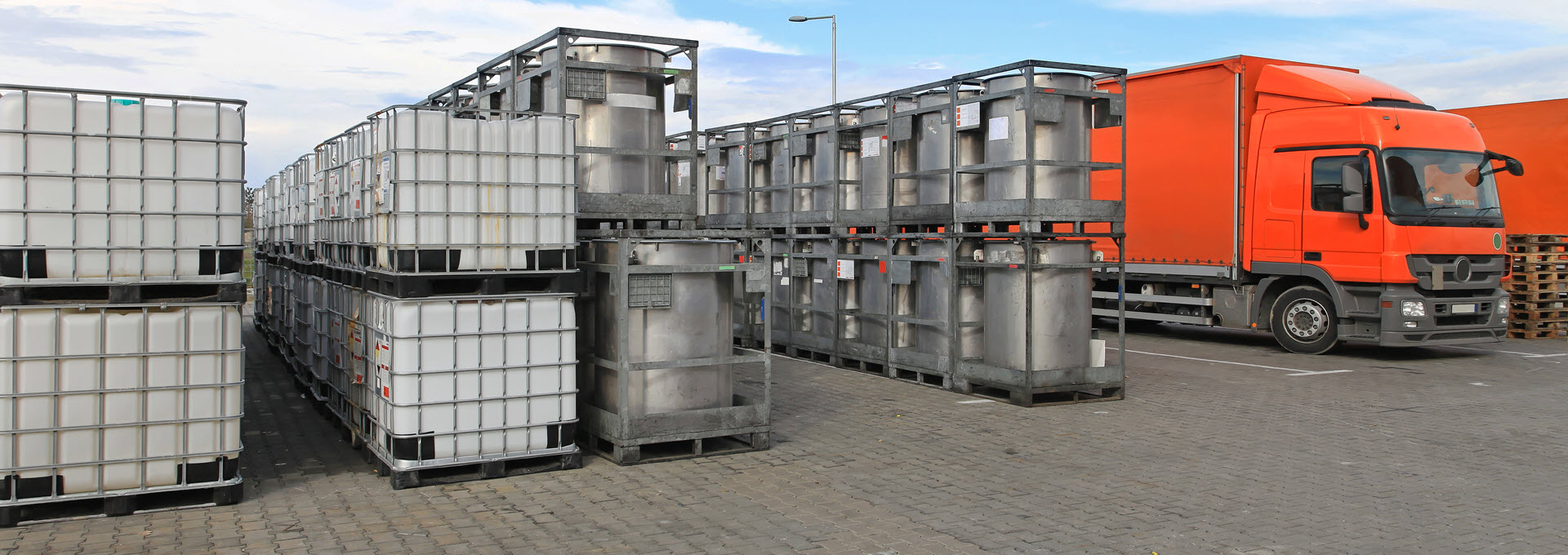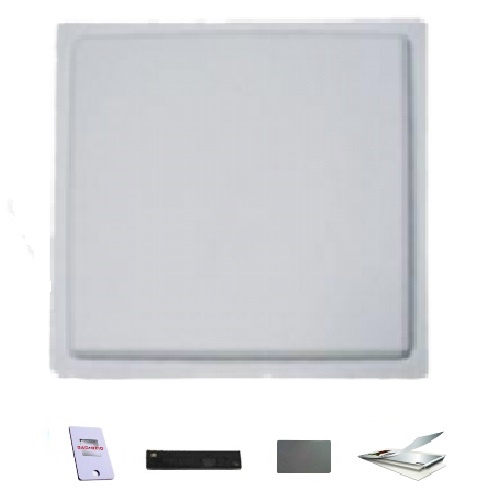An RFID reader, interrogator, or radio frequency identification reader is a device used to identify or collect data from RFID tags.
Much of the criteria for choosing a reader is dictated by the requirements of the application. Therefore, it is critical to consider read distances, materials to be tagged, environment, etc.
The factors which apply to reader selection include:
- Form factor
- Country regulations
- Read distance
- Network and power connection
Form Factor RFID Reader
The form factor of a reader refers to its physical characteristics.
VEHICLE-MOUNTED READERS
Vehicle-mounted readers may be integrated into the process of shipping and receiving goods. As the name suggests, they are integrated into vehicles such as forklifts and cargo trucks. This type of reader is designed with a shape which facilitates attachment onto the vehicle along with a rugged exterior which is intended for the environmental conditions which may be encountered
HANDHELD READERS
Handheld readers are typically utilized for tasks which require mobility or flexibility. For example, they allow for the workforce to track assets on the field, files in an office and more. The forms of handheld interrogators are manifold and there are a wide variety of options. Handheld readers generally feature a monostatic design with integrated linear antennas. This model minimizes their space usage as only a single antenna is utilized, and the polarization of the linear antenna is exploited to maintain an ideal read range.
Country Regulations
Due to the variation in radio spectrums used across the globe, one must consider the country’s regulations when selecting a reader. RFID readers act as transmitters and thus must obey any regulatory mandates. For example, there are several country-specific versions of otherwise identical readers which will diverge in frequency (865 – 868 MHz for Europe under ETSI and 902 – 928 MHz for the US under the FCC), transmitted power (2 ERP and 4 EIRP for Europe and the US, respectively), and various rules such as frequency hopping and listen-before-talk.
Read Distance
The read distance of a reader is directly correlated to the power transmitted from it. Higher transferred power increases the read distance of the device. The quantity of power transmitted is also dictated by country regulations. Additionally, the antenna dictates effective power, as factors such as the efficiency of the antenna and cable loss can ultimately reduce the power transmitted and therefore the read distance. Finally, read distance can be impacted by the environment that the reader will inhabit.
Network and Power Connection
To retrieve data from a reader, it must be connected to a network. There are many options for both fixed and handheld readers.
Fixed readers typically utilize:
- USB
- Serial interface
- Ethernet
- Wi-Fi
- Power over ethernet
While handheld readers generally feature:
- Wi-Fi
- Bluetooth
- USB
- Cellular
If the application requires the RFID reader to reside on a network, either Ethernet or Wi-Fi can be used. These modes of communication grant the RFID system the ability to communicate via a network while any information gathered may be accessed by as many other systems as required.
Antenna Ports
Various applications require different amounts of read zones/read points, and the ability to extend read zones and/or add more read points heavily relies on the number of RFID antennas that are deployed. The quantity of antennas which may be deployed is in direct correlation to the number of antennas that a reader can support. Ergo, the number of antenna ports available on a read must be considered. Most commonly, readers come in 2-port, 4-port, and 8-port options, but some readers have the capability support up to 32 antennas by utilizing multiplexers.



